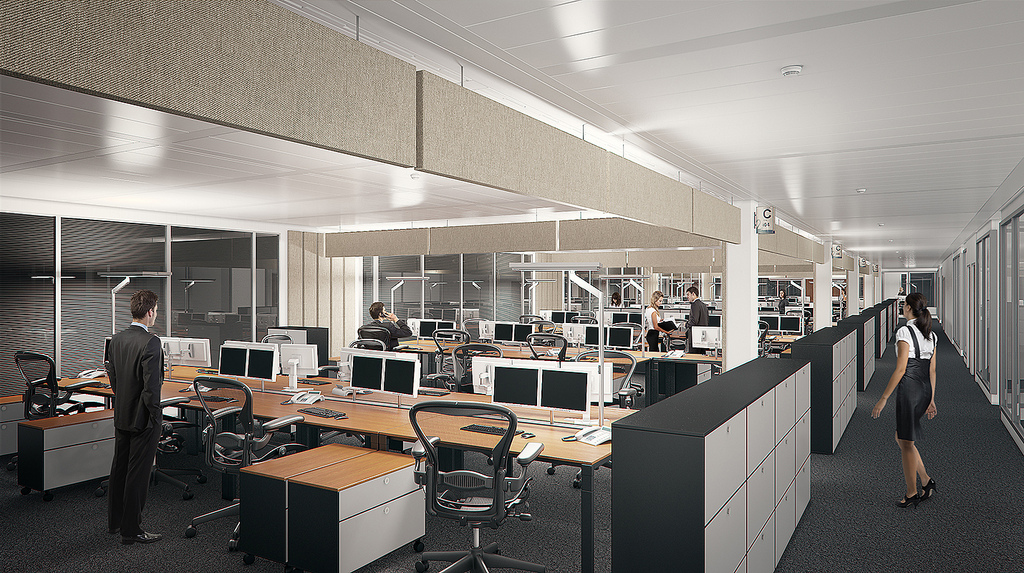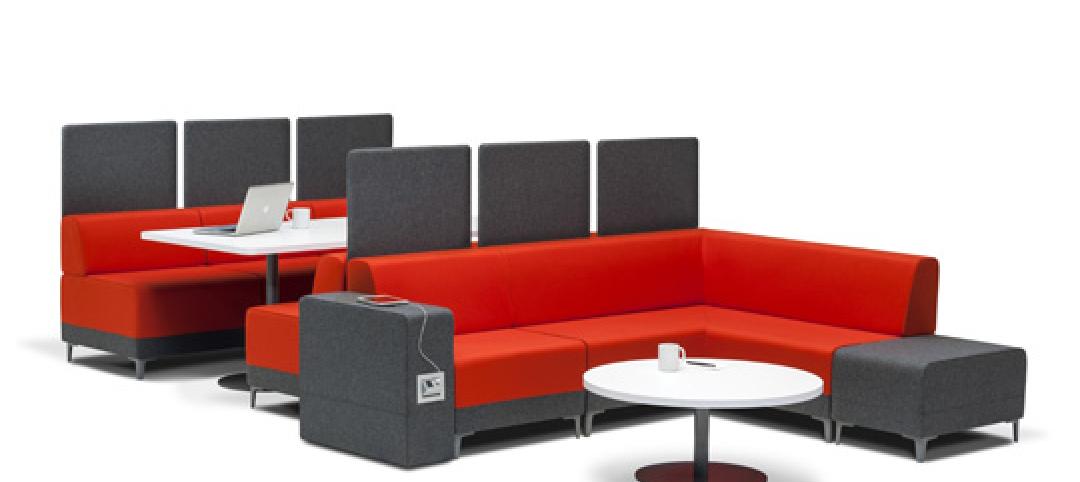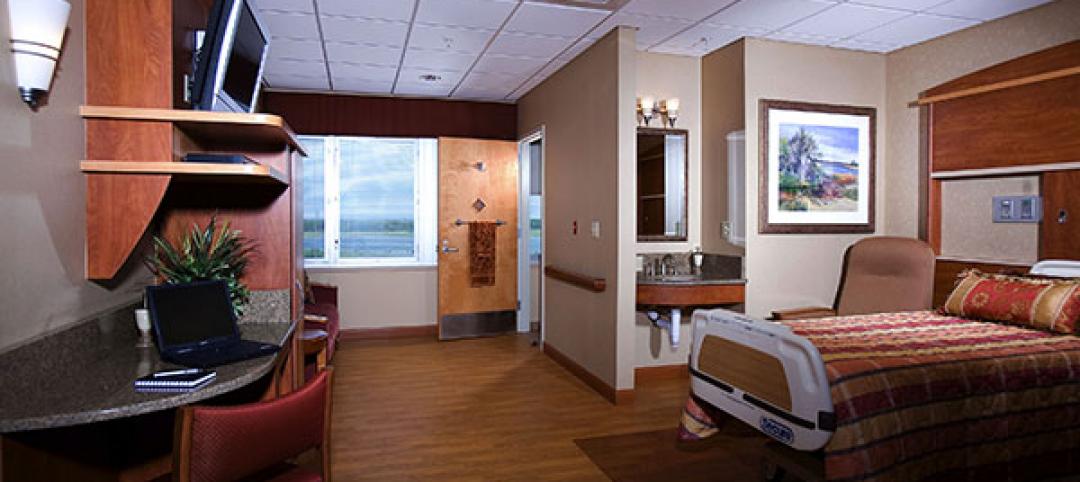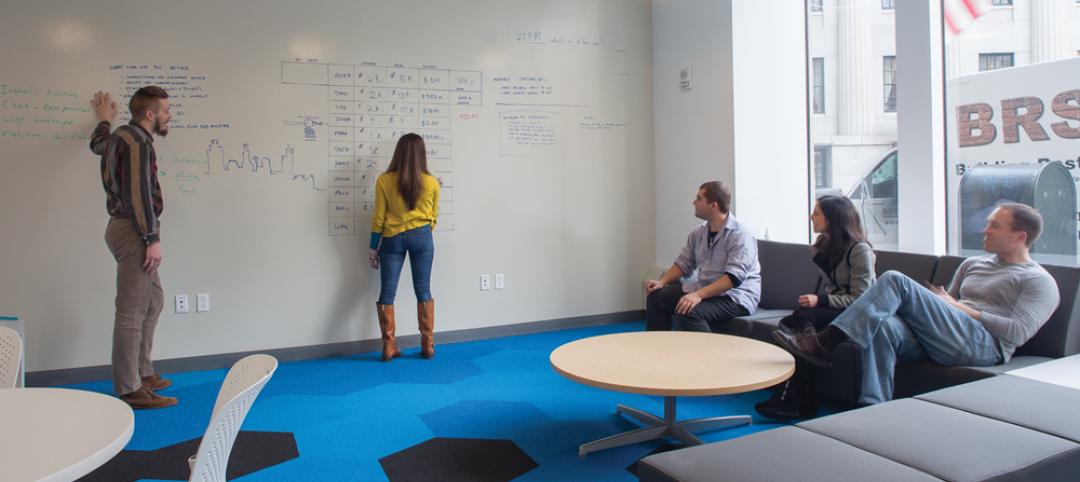Experts, including those in the AEC community, who have been insisting for years that indoor air quality affects occupants’ performance and health could soon have more ammunition to back up their claims.
The Wall Street Journal reports that Washington University at St. Louis last summer initiated what will be a yearlong experiment to test whether a newly constructed building, designed with easy access to stairways, natural daylight, and other “wellness” features, improves employees’ physical well being and promotes worker collaboration. The Journal also reports that the Well Living Lab, a research facility near the Mayo Clinic in Minnesota, early next year will begin clinical trials designed to assess indoor environments, with the goal of creating healthier spaces.
On October 26, Environmental Health Perspectives—a monthly journal of news and research published with support from the National Institute of Environmental Sciences (NIES), the National Institutes of Health, and the U.S. Department of Health and Human Services—released in advance of publication a peer-reviewed paper that details a recent study of 24 participants—architects, designers, programmers, engineers, creative marketers, and managers—who spent six full workdays in an environmentally controlled office space, blinded to test conditions.
The study population was restricted to non-sensitive persons by excluding current smokers and people with asthma, claustrophobia, or schizophrenia.
On different days, the participants were exposed to Indoor Environmental Quality (IEQ) conditions with high and low concentrations of volatile organic compounds (VOCs) that were representative of office buildings in the U.S. Additional conditions simulated a Green building with a high outdoor air ventilation rate and artificially elevated carbon dioxide levels independent of ventilation.
The study found that, on average, the participants’ cognitive scores were 61% higher on Green building days and 101% higher on days when the air ventilation was highest (so-called Green+ days), compared to the air quality during “Conventional” building days. “These findings have wide-ranging implications because this study was designed to reflect conditions that are commonly encountered every day in many indoor environments,” the study’s authors state.
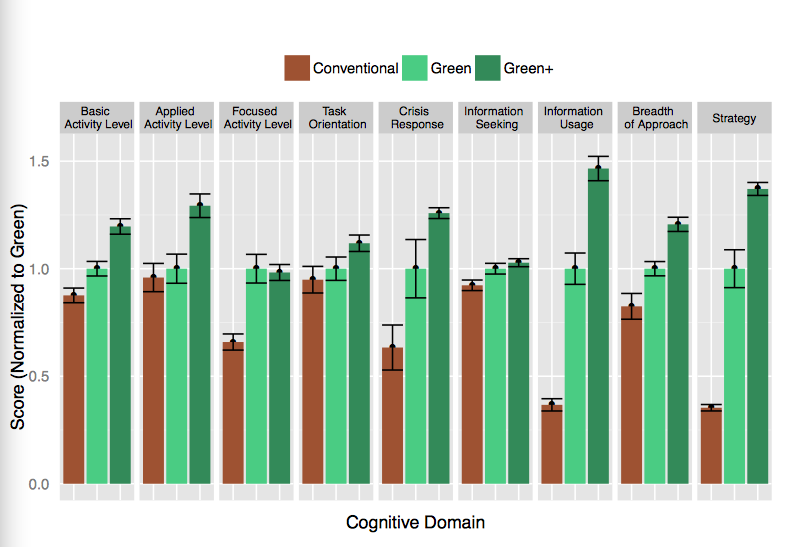 A recent study tested the cognition of 24 participants for nine activities, based on different levels of indoor air quality exposure. “Conventional” was air quality that's typical of most office buildings; Green+ indicated the highest level of air ventilation.
A recent study tested the cognition of 24 participants for nine activities, based on different levels of indoor air quality exposure. “Conventional” was air quality that's typical of most office buildings; Green+ indicated the highest level of air ventilation.
The study took place over two weeks in November 2014 at the Willis H. Carrier Total Indoor Environmental Quality Laboratory at the Syracuse Center for Excellence. The lab had two nearly identical office environments located adjacent to one another, each with 12 cubicles.
Cognitive assessment of the participants was performed daily using the Strategic Management Simulation software tool, a validated, computer-based test designed to test the effectiveness of management-level employees through assessments of higher-order decision-making.
The study found that the largest effects of conditions on cognition were seen for Crisis Response, Information Usage, and Strategy. For Crisis Response, for example, scores were 97% higher for the Green condition compared to the Conventional, and 131% higher for participants during Green+ days.
Conversely, “we found statistically significant declines in cognitive function scores when CO2 concentrations were increased to levels that are common in indoor spaces (approximately 950 ppm). In fact, this level of CO2 is considered acceptable because it would satisfy ASHRAE’s ventilation rate guideline for acceptable indoor air quality,” the authors state.
The paper, whose six authors worked under the auspices of NIES, was reviewed and approved by the Harvard T.H. Chan School of Public Health Institutional Review Board. The participant group was 42% male, 58% female. One-third of the group was between the ages of 20 and 30, and 25% was between the ages of 41 and 50. Ninety-two percent of the group was Caucasian, 54% has a college degree, and 63% holds professional jobs.
Related Stories
| May 27, 2014
Fire Rated Glass contributes to open lab environment at JSNN
Openness and transparency were high priorities in the design of the Joint School of Nanoscience & Nanoengineering within the Gateway University Research Park in Greensboro, N.C. Because the facility’s nanobioelectronics clean room houses potentially explosive materials, it needed to be able to contain flames, heat, and smoke in the event of a fire. SPONSORED CONTENT
| May 27, 2014
What are your services worth?
The price, cost, and value of design services are explored in a recent Design Intelligence article authored by Scott Simpson, a senior fellow of the Design Futures Council. Value, he explains, represents the difference between “price” and “cost.” SPONSORED CONTENT
| May 23, 2014
Top interior design trends: Gensler, HOK, FXFOWLE, Mancini Duffy weigh in
Tech-friendly furniture, “live walls,” sit-stand desks, and circadian lighting are among the emerging trends identified by leading interior designers.
| May 22, 2014
How to measure what matters
Measuring what matters is essential for professional services firms, says author and consultant Tim Williams, particularly as firms continue to experiment with the concept of outcome-based compensation agreements.
| May 21, 2014
Evidence-based design practices for the palliative care environment
Palliative care strives to make patients comfortable as they are receiving treatment for a severe illness. As hospitals seek to avoid Affordable Care Act penalties for poor patient satisfaction, many expect this field to grow quickly.
| May 21, 2014
Gehry unveils plan for renovation, expansion of Philadelphia Museum of Art [slideshow]
Gehry's final design reorganizes and expands the building, adding more than 169,000 sf of space, much of it below the iconic structure.
| May 21, 2014
Architecture Billings Index in the negative for second consecutive month
The March ABI score was 49.6, up slightly from a mark of 48.8 in March, but still below the growth threshold of 50.
| May 19, 2014
What can architects learn from nature’s 3.8 billion years of experience?
In a new report, HOK and Biomimicry 3.8 partnered to study how lessons from the temperate broadleaf forest biome, which houses many of the world’s largest population centers, can inform the design of the built environment.
| May 19, 2014
Why e-commerce won't kill 'bricks and mortar' retail sector
Despite emerging structural challenges and newly-announced store closings, such as those of Radio Shack and Office Depot, the U.S. retail sector has continued on its solid recovery.
| May 15, 2014
Paints, coatings, and sealants: 10 new ways to seal the deal
Color-shifting finishes, dry-erase surfaces, and stain-blocking paints are highlighted in this round up of new offerings in paints, coatings, sealants, and finishes.


